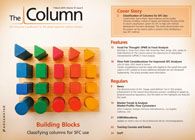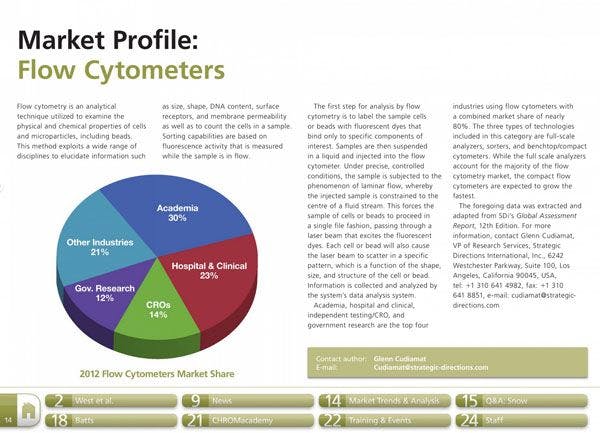Principal Component Analysis with LC–MS Enhances Natural Drug Discovery Process
Scientists in Malaysia have developed a useful metabolomics approach that could aid analysts working in natural drug discovery. The team applied liquid chromatography–mass spectrometry (LC–MS) coupled with principle component analysis (PCA) to screen more than 4000 natural extracts for novel photosensitizer drugs.
Scientists in Malaysia have developed a useful metabolomics approach that could aid analysts working in natural drug discovery. The team applied liquid chromatography–mass spectrometry (LC–MS) coupled with principle component analysis (PCA) to screen more than 4000 natural extracts for novel photosensitizer drugs.1
Photodynamic therapy (PDT) is an alternative treatment to chemotherapy that has high selectivity, no drug resistance, and is less invasive. The therapy combines photosensitizers with a specific wavelength of light to kill cancer cells. Photosensitizers localize to the site of a tumour and are subsequently excited with a light source to release cytotoxic reactive oxygen species that kill the local cells. The targeted impact of the drug on excitation reduces the impact on healthy tissues, a major side effect of standard chemotherapy.
According to the paper there are only a small number of photosensitizers available. The US Food and Drug Administration (US FDA) has approved the use of porfimer sodium solution (marketed as Photofrin) for use in certain cancers.2 However, it only has limited efficacy in treating deep-seated lesions because it can only weakly absorb the red light that is able to penetrate into deep tissue1. Therefore, there is a demand for more effective compounds.
A pool of more than 4000 samples from natural extracts, collected from collaborating research groups across Malaysia, were screened. Extracts were selected on their ability to decrease the number of viable promyelocytic leukemia cells in vitro by 50% or more when illuminated compared to a control experiment in the dark.
The LC–MS profiles of 278 extracts that showed photocytoxic activity were analyzed with PCA. Compounds of the same structure were more likely to cluster together and be easily compared to known compounds. Outliers were cross-referenced against a database of common photosensitizers. Two novel photosensitizer compounds were identified using the approach.
PCA helped to overcome the problem of chemical redundancy and was able to rapidly identify the top 10% most suitable extracts, according to the authors. They concluded that these extracts could be prioritized for further investigation without having to know any prior information about the studied sample, which could save time and cut costs compared to conventional techniques.
References
1. Hong Boon Lee et al, Analytical Chemistry, DOI: 10.1021/ac403709a(2014).
2. National Cancer Institute at the National Institute of Health (USA): http://www.cancer.gov/cancertopics/factsheet/Therapy/photodynamic [Last accessed: February 14, 2014].

New Study Reviews Chromatography Methods for Flavonoid Analysis
April 21st 2025Flavonoids are widely used metabolites that carry out various functions in different industries, such as food and cosmetics. Detecting, separating, and quantifying them in fruit species can be a complicated process.











